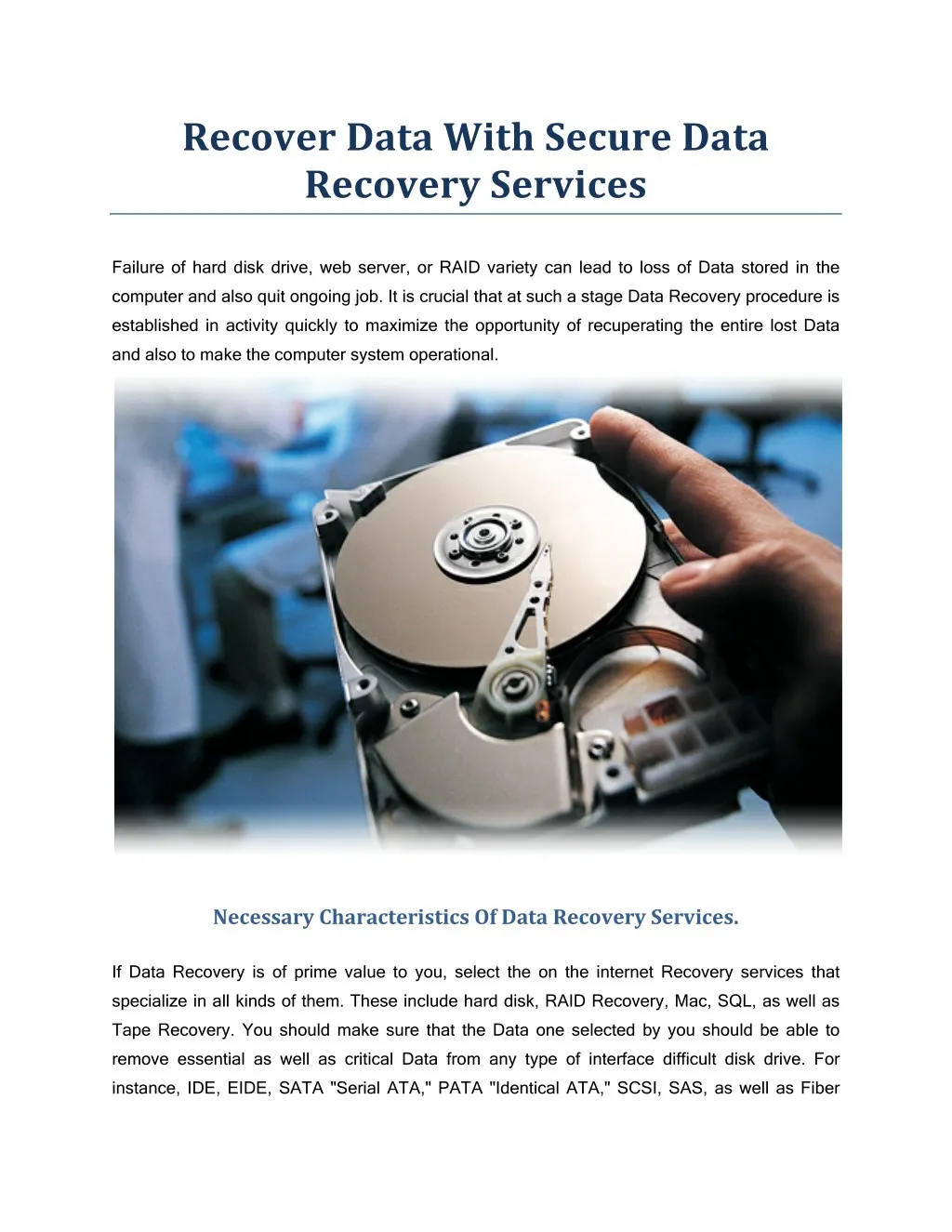

Email encryption products can support large file transfers through email messages. This isolates the sender's system from the recipient's system and also permits easier monitoring and tracking of repository and transfer usage by all parties.Įmail also provides basic file transfer capabilities and should, therefore, be encrypted for security. The transfer to the recipient from the MFT repository occurs at a later time. The file travels from the sender to the MFT repository, where it is strictly protected through access control measures, including encryption of the stored file. In contrast, MFT provides an intermediary system, which may be a dedicated server within the organization's facilities or a cloud-provided service. Secure file transfers typically work directly between a sender and a recipient. The most advanced type of file transfer platform today is managed file transfer ( MFT). Originally intended for end-user collaboration, file hosting services also typically offer access control and encryption features that enable a user to email a link to a person that grants them secure access to a file hosted on the service. In general, however, both SCP- and SFTP-based systems lack many of the features of more sophisticated file transfer systems.Īnother IT system that enables file transfer security is the file hosting service.

SFTP-based file transfers often have GUIs available, which make them easier to use.

Secure file transfer services based on SFTP are typically more feature-rich than those based on SCP.
Secure data recovery services full#
Some consider this type of transfer advantageous because the organization maintains full control, with no third-party - e.g., cloud provider - involvement.

They offer few features but are relatively inexpensive to set up and use, compared to other classes of file transfer systems. The most basic secure file transfer services, such as those based on Secure Copy Protocol (SCP), have command-line interfaces only, making them best suited for IT rather than end users. Secure file transfer also involves some sort of reliable delivery, even if it's just provided by TCP/IP Secure file transfer services use a variety of protocols and standards, ranging from established ones, such as Secure FTP ( SFTP) and AES, to vendor-specific proprietary protocols. Encryption, for example, ensures no one else on a network can access, read or modify the contents of a file as it moves between systems. The data itself should have embedded security. To meet the CIA requirements of today's enterprises, secure file transfer services need a two-pronged approach: After getting the encrypted file, the recipient's computer uses the shared secret to decrypt the file. This shared secret is used to encrypt the file before it is transferred from the sender to the recipient. Or it could be as complex as integration with an enterprise identity and access management system. It could be as simple as a hard-to-guess URL transferred via email or an agreed-upon password. But the basic idea is that there is some sort of shared secret between the sender and the recipient. How this access control is achieved may vary widely among classes of products, not to mention individual products within each class. Secure file transfer services all have a common approach to protecting files: access control. Secure file transfer services aim to protect an organization's data while moving it from point A to point B. The stakes are especially high in large-scale enterprises, where massive amounts of potentially sensitive information constantly move among internal and external users and systems. Today's organizations need confidence that file transfers will not compromise their data's confidentiality, integrity and availability ( CIA), the primary requirements of information security. Unfortunately, legacy file transfer mechanisms, such as email and FTP, have historically lacked built-in security features. At its most basic, file transfer technology moves data from one system to another system over a network.


 0 kommentar(er)
0 kommentar(er)
